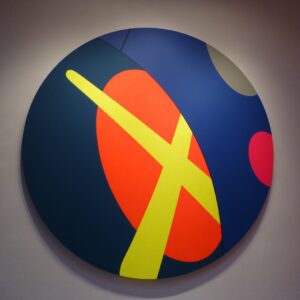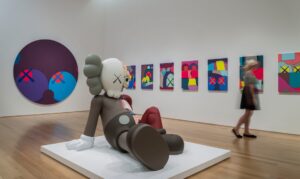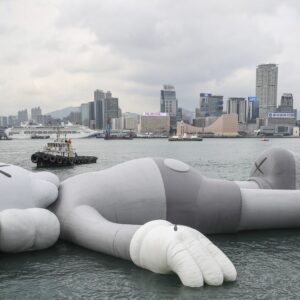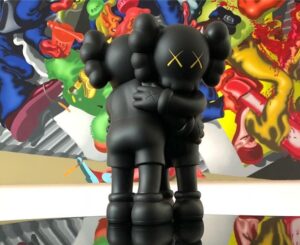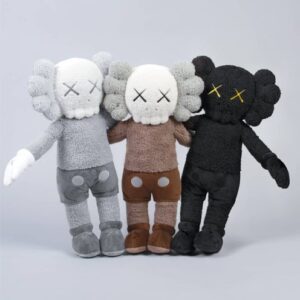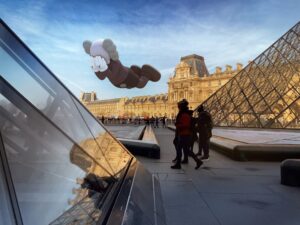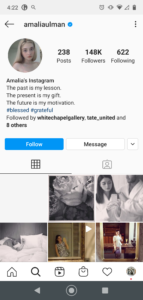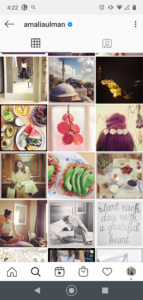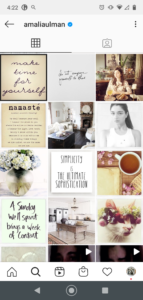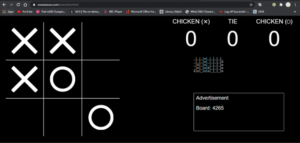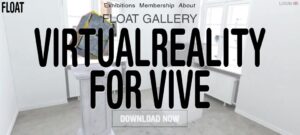
https://float.gallery/about/#Aboutfloat
- We show the work of artists working in the digital realm and support aesthetic and cultural practice in virtual environments.
By nature, we define ourselves as a global endeavour, resolving boarders and blending realities in the search of new forms of being, discourse and organization.
Float Gallery was founded and is run by artist Manuel Rossner.
- To grasp today’s society by theoretical means as well, we work with Internet-TBD on defining the conditions of our contemporary connected lifestyle.
As we reap the fruit of technological progress we also witness its disruptive effects on society. A promising idea to shape a liveable future for everybody might be a universal basic income
![Isabella Inskip / MA FINE ART 4 STUDIO AND RESEARCH (2020-2021)[YR]](https://blogs.ed.ac.uk/s1758578_ma-fine-art-4-studio-and-research-2020-2021yr/wp-content/uploads/sites/2953/2021/03/cropped-Screenshot-2021-03-06-at-23.19.39.png)


